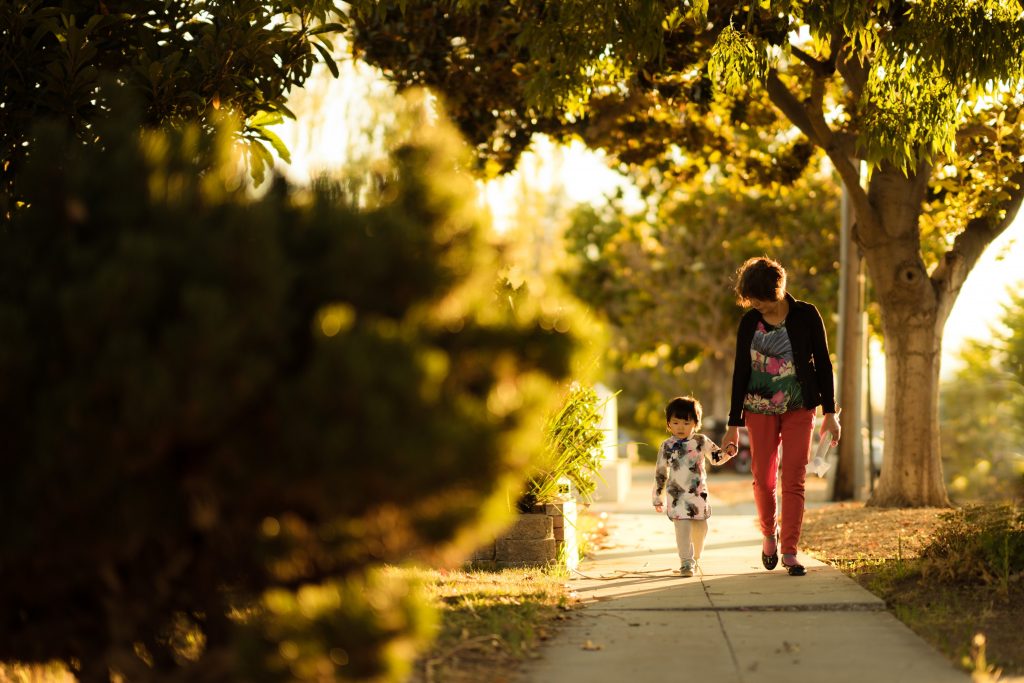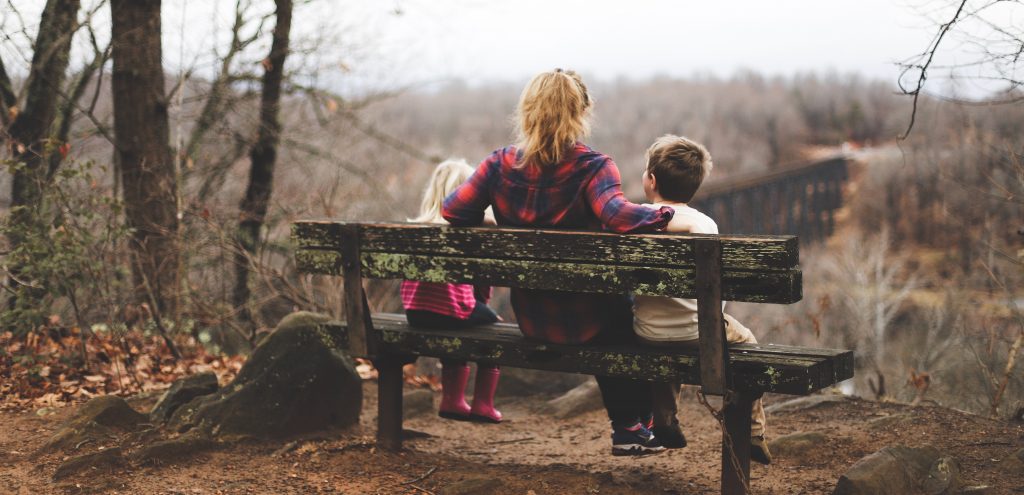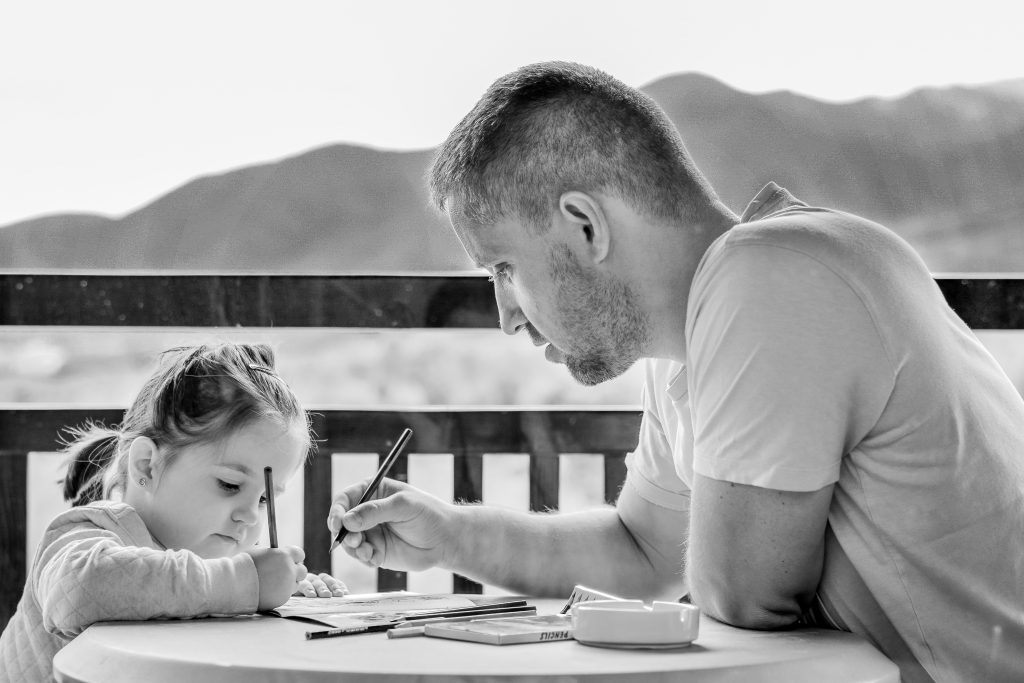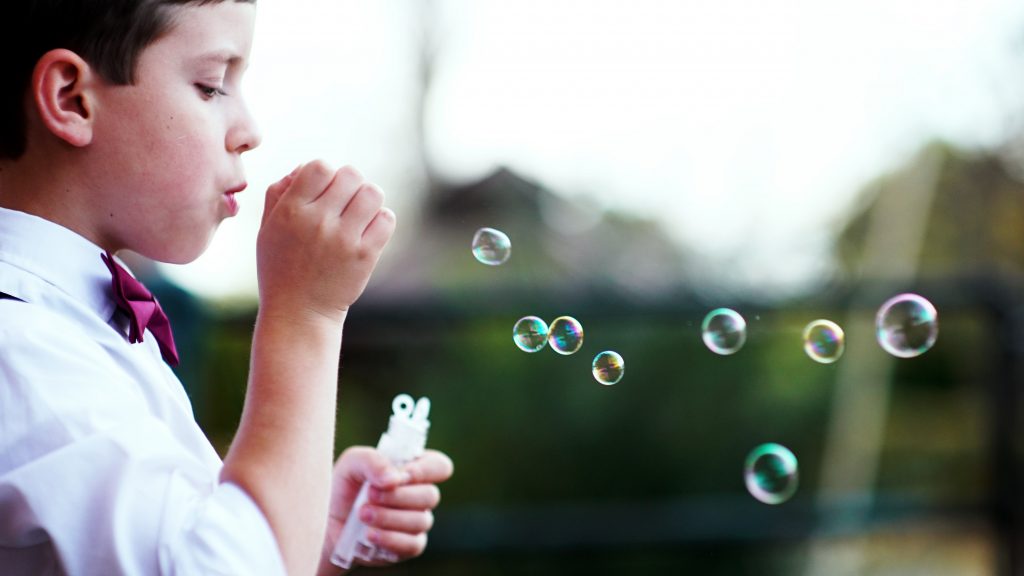It’s a giant misconception that children aren’t affected by mental health woes. Research has shown that children (and obviously, teenagers) experience depression and anxiety like the rest of us. A troubling one in 10 children in Britain, in fact.
It is also estimated that in 70% of cases, young people are not given ‘appropriate interventions’ early enough in life – leading to the more shocking statistic that more than one fifth of young people in Britain say they suffer symptoms of anxiety or depression – including 25% of young women.
Now for the reassuring news: it’s also a myth that children aren’t receptive to mindfulness. In fact, at a young age children’s minds are receptive and ready to learn.
“Mindfulness is for all ages,” explains Sarah Bojakowski, a freelance mindfulness practitioner with twenty five years’ experience with early years. “But starting early gives the opportunity for it to become part of a toolkit for life.”
As well as the proven effects reducing anxiety, mindfulness can build inter-generational trust, and help improve communication. “One of the biggest benefits of mindfulness for children is instilling in them the idea that they are in charge of their own thoughts and feelings,” Sarah, who works with early-adopting schools which teach mindfulness, adds.

Meditation doesn’t always mean sitting still. Image credit: Unsplash
“Often we expect children to be able to concentrate or we may hear ourselves asking them to “pay attention” – but have we ever taught them how? Mindfulness does just that!”
Studies from the University of Cambridge have shown that children who practice mindfulness not only perform better in exams but it also improves their concentration, reduces symptoms of anxiety and helps with mood regulation.
Mindfulness can also help children to be able to balance their emotions and manage stress and anger, and be less reactive and more compassionate towards others. It develops their emotional understanding and interpersonal awareness and skills.
This Children’s Mental Health Week, we’ve compiled five ways to introduce mindfulness into your family to strengthen relationships, help your child keep an open and clear mind and – best of all – enjoy quality time together.
Learn to meditate together
Mindfulness can increase the level of trust between a parent and child
Sarah Bojakowski, mindfulness expert and early years trainer
An obvious way to start, meditation, “if practiced together, can increase the level of trust between a parent and child and make communication much easier,” says Sarah. It is simple for children to pick up the concept and, for young people, progress is often made quickly.
“A little bit every day, just one minute is better than none all week and then trying an hour at the weekend,” and to begin with, try laying on a comfy carpeted floor, or together in bed.
Go outside

If staying in and practising is too challenging at first, go for a walk outside and quietly listen. Image credit: Unsplash
If getting your children to lay with you in complete silence sounds too challenging, try a gentle walk outdoors, and aim to spend value quality time together on a park bench. “Mindfulness can be practiced in stillness or movement,” explains Sarah.
“There are times for meditation, such as bed time (beditation!) and times for meditation and movement. Especially for younger children or those who may find it difficult to sit still for periods of time.”
Notice colours or particular objects, walk through leaves, jump in puddles, run or jump then stop and notice our breathing
Sarah Bojakowski, mindfulness freelance practitioner
When walking, “use all the senses, start with just one minute and have fun. What can we hear? Listening to chimes or bells until we cant hear them anymore, or birds, then try what can we see?
“Notice colours or particular objects, walk through leaves, jump in puddles, run or jump then stop and notice our breathing and how we feel, focus on a particular part of the body and see what we notice”.
Stick to a routine

Make a habit and try to stick to it. Image credit: Pxhere
“One thing most parents of small children agree on is the need for consistency, and the same applies to mindfulness,” says Sarah.
So far all the settings are seeing improvements, particularly in mood regulation and concentration levels. It has also had a calming effect on the children in general
Sarah Bojakowski, mindfulness freelance practitioner
“I encourage teachers to practice mindfulness for themselves with huge benefits to them, then the children practice daily and we also have workshops for the parents. So far all the settings are seeing improvements, particularly in mood regulation and concentration levels. It has also had a calming effect on the children in general”.
Embrace technology
“There are some lovely apps to use for guided meditation – especially good for older children and teenagers, such as Calm and Headspace. But they should be used in balance with meditation that is detached from technology, whether that be walking or sitting still”.
Most importantly, keep mindfulness fun

Blowing bubbles has been proven to help combat anxiety. Image credit: Unsplash
“There are some great fun activities for young children,” Sarah adds. “A good place to start is by noticing our breath: noticing the cool air as we breathe in and the warm air we breathe out. Then try blowing bubbles, candles, or balloons, or making breathing buddies.”
“Children can begin to learn to control their breath, and use it to manage their emotions and/or anxiety.”







